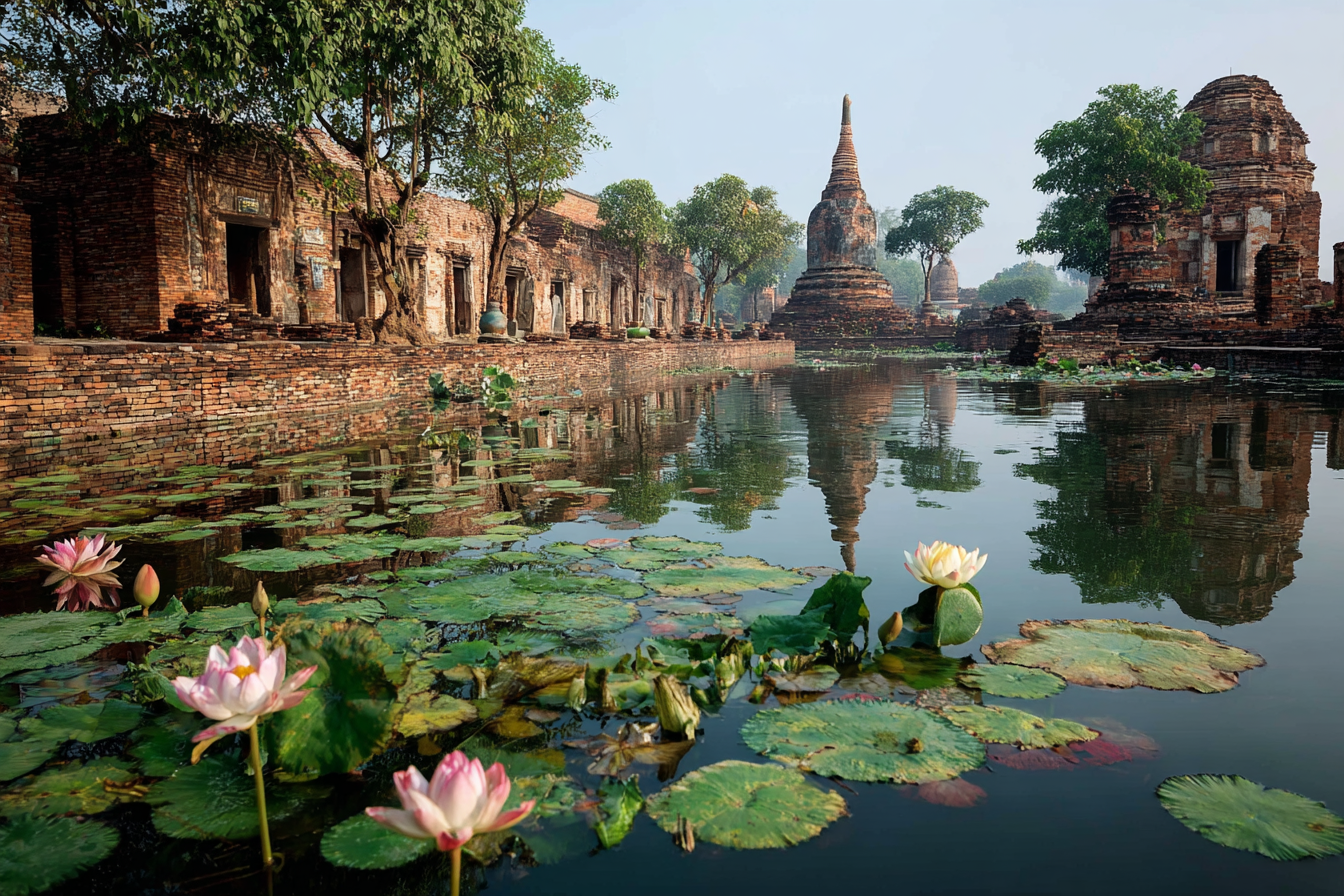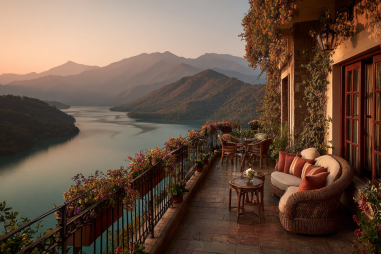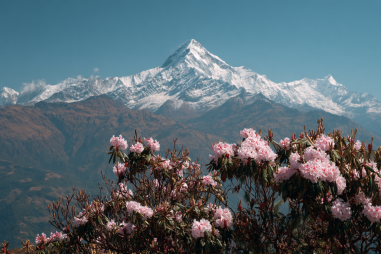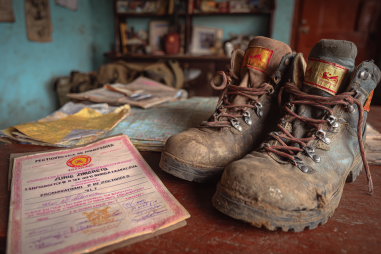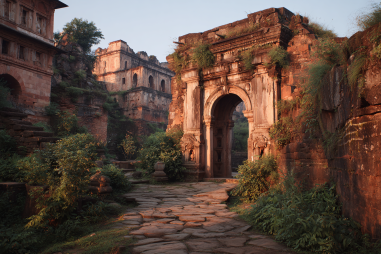Nestled in the plains of southern Nepal, Lumbini is one of the most revered spiritual destinations in the world. Known as the birthplace of Lord Buddha, this sacred city attracts pilgrims, history enthusiasts, and travelers seeking inner peace and cultural richness. Whether you’re embarking on a spiritual pilgrimage or simply curious about this UNESCO World Heritage Site, this travel guide will help you plan your perfect visit to Lumbini. From how to get there and the best time to visit, to key attractions and accommodation options, we’ve got you covered to ensure your journey is enriching and smooth.
Introduction to Lumbini and Its Significance
Lumbini holds a unique place in the spiritual and cultural heritage of the world as the birthplace of Siddhartha Gautama, who later became Lord Buddha – the founder of Buddhism. According to tradition, Queen Maya Devi gave birth to Prince Siddhartha in a garden grove around 623 BCE. Today, Lumbini stands as a symbol of peace, enlightenment, and compassion. The area is dotted with ancient temples, monastic zones, and sacred sites that span centuries, drawing Buddhists from all over the globe. Beyond Buddhism, Lumbini is an inspiring destination for anyone interested in history, culture, and meditation.
How to Get to Lumbini: Transport Options
Lumbini is located roughly 25 kilometers from the Indian border town of Bhairahawa and about 320 kilometers west of Nepal’s capital, Kathmandu. Here are the most common ways to reach Lumbini:
- By Air: The nearest airport is Gautam Buddha Airport in Bhairahawa, which operates domestic flights connecting with Kathmandu and Pokhara. This is the fastest and most convenient way to reach Lumbini if you’re flying in from within Nepal or nearby regions.
- By Road: Several bus services run daily between Kathmandu and Lumbini, with a journey time of approximately 8-10 hours depending on traffic and road conditions. For a more comfortable and flexible option, you can hire a private taxi or rent a car. Traveling from India, cities like Gorakhpur and Lucknow offer direct bus and train connections to Bhairahawa.
- By Train: While Lumbini itself does not have a railway station, you can take a train from India to the nearby town of Bhairahawa and then take a short taxi ride to Lumbini.
Best Time to Visit Lumbini
The ideal time to visit Lumbini is during the cooler months from October to March. During this period, the weather is pleasant with mild daytime temperatures and cool evenings, making outdoor exploration comfortable. The monsoon season from June to September brings heavy rainfall that can disrupt travel plans and make roads muddy, so it’s generally best to avoid visiting then. Spring (March to May) is also a good time with blooming flowers and warmer temperatures, but it can get quite hot by late April and May.
Top Attractions in Lumbini
Maya Devi Temple
The heart of Lumbini is the Maya Devi Temple, built on the exact spot where Queen Maya Devi gave birth to Siddhartha Gautama. This temple is a sacred pilgrimage site and holds a stone marker that symbolizes the birthplace. Inside, you will find archaeological remains, including ancient bathing pools and monasteries dating back over 2,000 years. The temple’s serene atmosphere offers a powerful spiritual experience for visitors.
Monastic Zone
A unique feature of Lumbini is the Monastic Zone, divided into eastern and western zones that showcase monasteries built by different Buddhist traditions from around the world – including Tibetan, Thai, Japanese, Chinese, and Myanmar styles. Each monastery is architecturally distinctive and set within lush gardens that encourage reflection and meditation. Walking through the Monastic Zone allows visitors to witness Buddhism’s global cultural diversity and communal harmony.
Ashoka Pillar
The Ashoka Pillar is an ancient sandstone column erected by Emperor Ashoka of India around 250 BCE to commemorate Buddha’s birthplace. Inscribed in Brahmi script, the pillar stands proudly in the sacred garden and serves as a historical reminder of the spread of Buddhism. Nearby are ruins of ancient monasteries and stupas dating to the same period, highlighting Lumbini’s rich archaeological heritage.
Accommodation Options: From Budget to Luxury
Lumbini offers a variety of accommodation that caters to different budgets and preferences. Here are some of the popular choices:
- Budget Guesthouses and Hostels: Travelers on a tight budget can find cozy guesthouses and hostels near the Maya Devi Temple area offering basic amenities, clean rooms, and affordable prices. These places often provide easy access to the main attractions and are ideal for backpackers.
- Mid-Range Hotels: There are several comfortable mid-range hotels that provide better facilities, including restaurants, Wi-Fi, and private bathrooms. Many of them are located within walking distance of major sites and offer a combination of comfort and convenience.
- Luxury Resorts and Retreats: For those seeking a more upscale experience, luxury resorts and wellness retreats with spa facilities, meditation centers, and tranquil surroundings are available. These accommodations provide a peaceful environment to deepen your spiritual practice during the stay.
Cultural Tips and Travel Advice
Visiting a sacred site like Lumbini requires respect for local customs and religious sentiments. Here are some tips to help you have a considerate and fulfilling visit:
- Dress modestly, covering shoulders and knees, as many sacred sites have a conservative dress code.
- Remove your shoes and hats before entering temples and monastic areas.
- Seek permission before taking photographs, especially of monks and devotees.
- Maintain silence or speak softly to preserve the meditation-friendly atmosphere.
- Offer donations at temples if you wish; it’s a respectful way to support upkeep and local communities.
- Learn a few basic Nepali greetings – locals appreciate the effort.
Sample Itinerary for 1-3 Days
To help you organize your time in Lumbini, here’s a flexible sample itinerary:
Day 1: Arrival and Introduction
- Arrive in Lumbini and settle into your accommodation.
- Visit the Maya Devi Temple and its archaeological museum.
- Stroll through Lumbini’s Sacred Garden and Ashoka Pillar.
- Enjoy a peaceful evening meditation session in the Monastic Zone.
Day 2: Deeper Exploration
- Spend the morning visiting different monasteries across the eastern and western Monastic Zones.
- Explore the World Peace Pagoda and nearby meditation centers.
- Attend a traditional Buddhist prayer or meditation session if available.
- Sample local Nepali cuisine at nearby restaurants.
Day 3: Surroundings and Departure
- Visit nearby villages or the Kapilvastu Museum to understand more about Buddha’s early life and the region’s history.
- Shop for souvenirs—handicrafts, prayer beads, and spiritual literature.
- Prepare for departure or continue your journey to other parts of Nepal or India.
Practical Tips and Safety
Lumbini is generally a safe destination with friendly locals, but keeping a few practical tips in mind will ensure a smooth visit:
- Carry sufficient cash, as ATMs are limited; Nepali Rupees are the local currency.
- Stay hydrated and use sunscreen, particularly when exploring outdoor sites.
- Use bottled water to avoid stomach issues.
- Respect the local environment by not littering and following designated paths.
- Have a local SIM card or roaming plan for easy communication.
- If you’re traveling during the cooler months, pack layers as mornings and evenings can be chilly.
- Keep your belongings secure, especially in crowded areas.
With a bit of preparation and an open heart, visiting Lumbini can be a deeply rewarding experience – a chance to connect with history, culture, and spirituality all at once.
Making the Most of Your Lumbini Visit
Lumbini is more than just a destination; it’s an invitation to embark on a journey of self-discovery and peace. Allow yourself time to soak in the tranquil ambiance, engage with locals and fellow travelers, and participate in meditation or prayer if you wish. Whether you spend a day or several, each moment here offers a glimpse into the profound legacy of Lord Buddha and the shared human quest for enlightenment. By respecting the sacredness of the site and embracing its welcoming spirit, your visit to Lumbini is sure to leave a lasting impression on your heart and mind.

